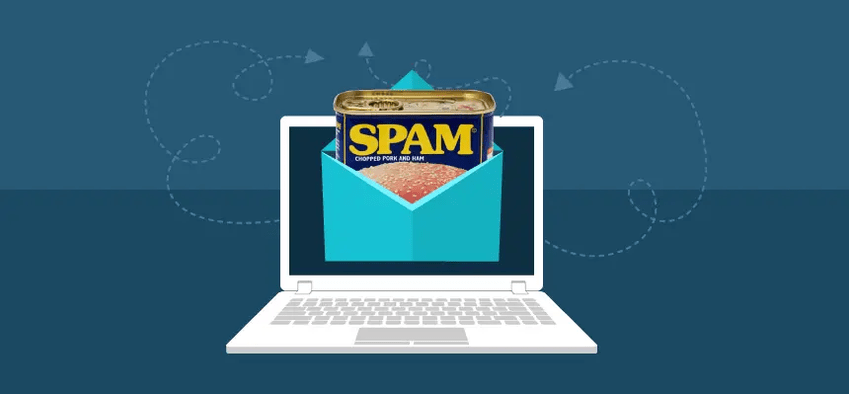It has likely happened to the best of us. In an effort to make that sales pitch or monthly newsletter stand out, you inadvertently triggered Outlook or Gmail’s spam filters and now your email has missed your contact’s inbox entirely. Although frustrating, this is a common problem for sales and marketing teams. Fortunately, the solution is neither costly, nor all that difficult once put into place. The key to a successful email campaign delivery is not just keeping a clean CRM, but understanding and incorporating crucial email marketing fundamentals. With that said, let’s break this down, shall we?
You may ask, how come my email went to spam in the first place?
Emails, even those one-on-one communications, can end up in spam for a variety of reasons. Depending upon your email provider, the specific triggers for spam can vary.
For example, Gmail addresses can be difficult to work with as emails can land in a contact’s promotions tab or spam folder. Additionally, different companies and organizations, such as public school systems, have specific security measures put in place to prevent certain emails from being delivered if it is from outside the organization. It can be hard to identify why exactly your message did not reach a prospect without better understanding the IT setup of the company you are reaching out to, however, there are some measures you and your team can take to significantly increase the odds that your email communications are reaching your intended audience.
Ways to Avoid Emails Going to Spam
The success of your email begins with the subject line and overall structure of your message. Avoid using one-word subject lines or adding RE: to a subject line when it is not actually a reply. Additionally, exclamation points will typically trigger spam whether they are in the subject line or body of your email.

Try only using exclamation points in a friendly greeting or a closing sentence. An obvious rule of thumb to keep in mind is to always practice good spelling and grammar throughout your email and avoid using all caps. However, a lesser-known practice is to avoid spelling out links anywhere within your email. This includes your email address or your company website, information that is often included in an email signature. Instead, try hyperlinking your company’s logo with the website link or adding images that link to your company’s social media platforms.
Aside from some of these grammatical considerations, your team may also want to re-evaluate how information is being presented in your emails. Including videos or JavaScript in your email can cause your message to be flagged as spam. Similarly, embedded forms in emails and the use of too many images may prevent your email from reaching your recipients. For many professionals working in high-security settings, the images or videos in the body of your email may be blocked by the company or organization. This means that even if the email does reach your intended audience, much of the email could be blocked. As you create your sales and marketing emails, make sure that important information is not only displayed in these visuals…otherwise your audience may only receive part of the intended message.
As a final step, when drafting your message, ensure that there is an opt-out option in your email so that subscribers can disengage from your emails in the future. Make sure that within your company’s CRM, you’ve segmented an opt-out list that keeps track of these individuals so that they do not receive any more communications from your team. This is a crucial step to make sure that your emails aren’t reported as spam, which can harm the credibility of your sending reputation, affect your deliverability and increase your chances of your email account and/or software being penalized.
Most importantly, if you have any doubts about whether your email will land in spam, check out this free spam checker tool to make sure all your hard work doesn’t go to waste!

Spam Trigger Words to Avoid
Check out the below list of spam trigger words to avoid in your next email. While some are obvious, other words and phrases are quite common.

